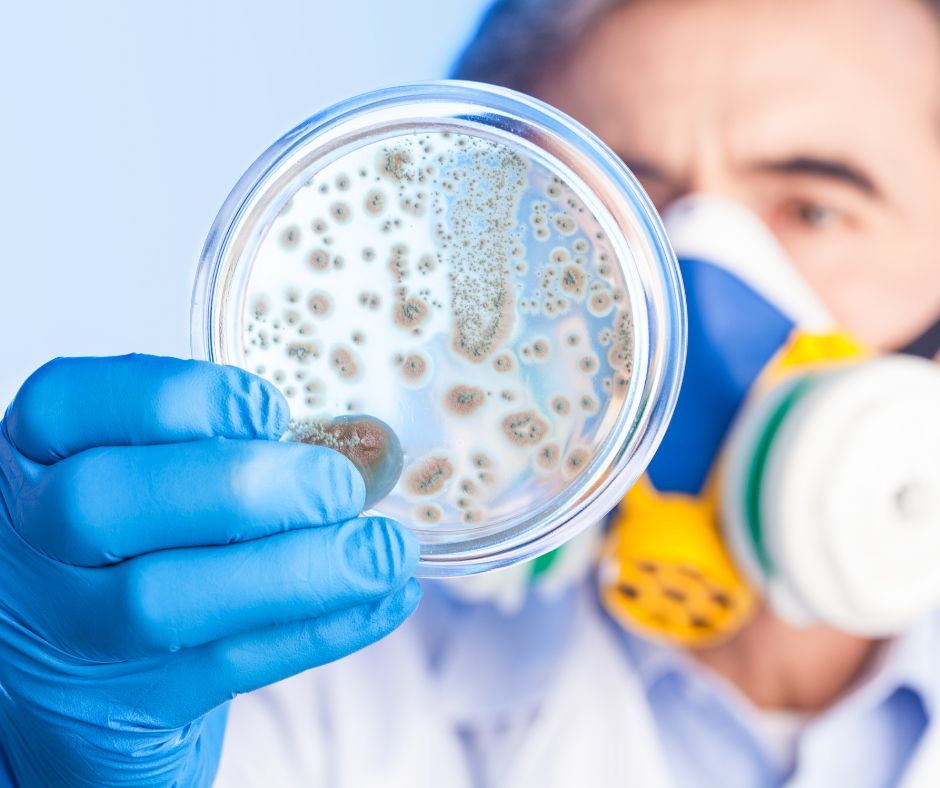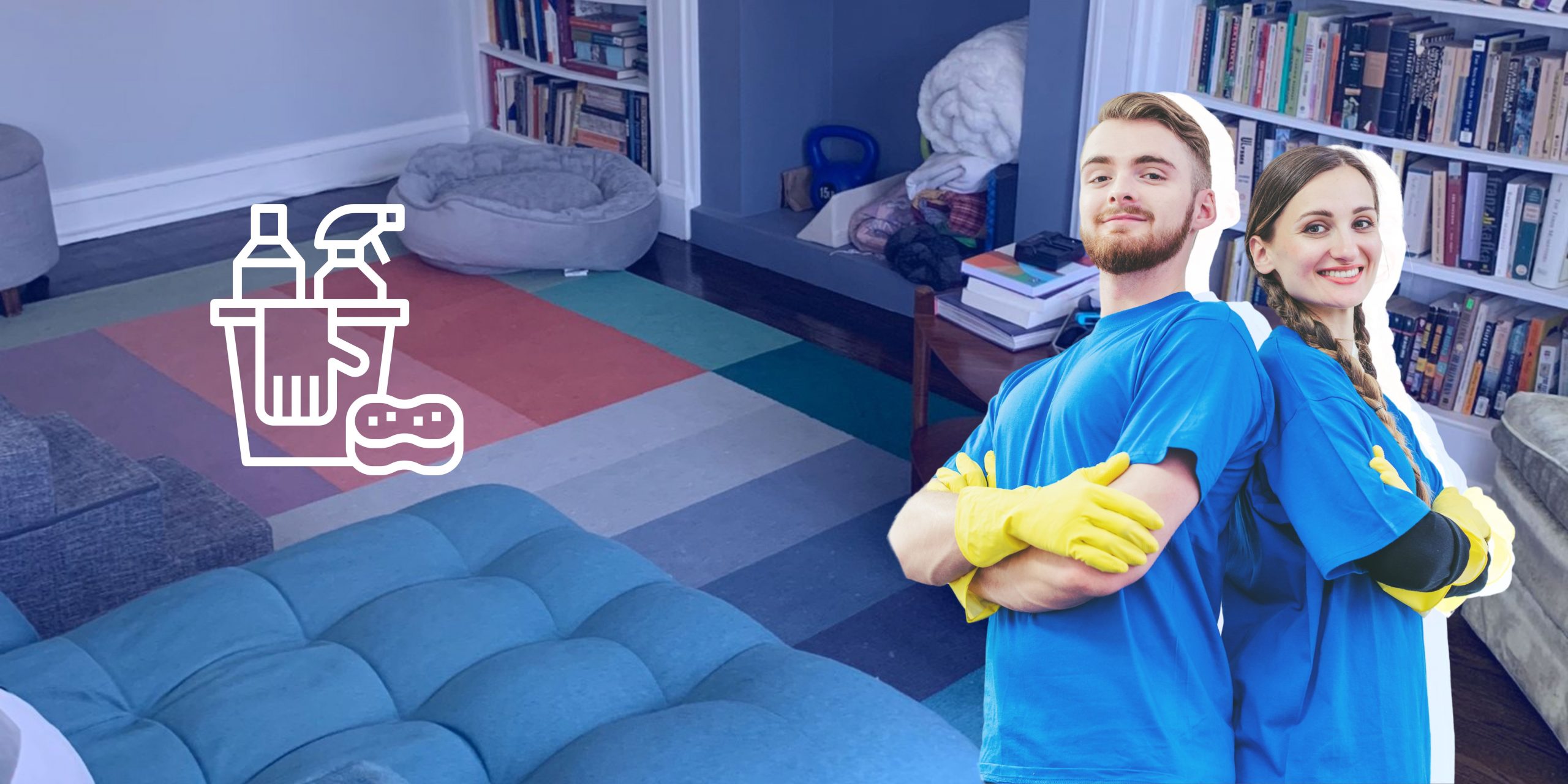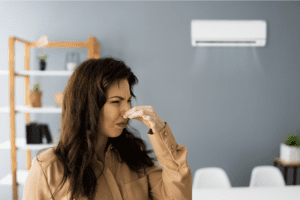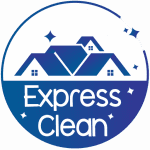How Cleaning Supports Your Health: Science, Safety & Scheduling
Maintaining a clean environment goes far beyond appearances—it’s a pillar of healthy living for both homes and workplaces. Whether you manage a facility, own a home, or coordinate operations, understanding the science and strategy behind cleaning can significantly impact the health and safety of those in your care. In the Chicago area and surrounding suburbs, where seasonal changes and urban activity create unique cleaning challenges, best practices, safe materials, and scheduling efficiency are essential.
Why Is Cleanliness Important for Health?
Dirt, dust, and contaminants are more than just unsightly—they can affect air quality, cause respiratory issues, encourage the spread of germs, and trigger allergies. According to the CDC’s guide on cleaning and disinfecting homes, regular surface cleaning reduces bacteria and viruses, helping prevent illness in high-traffic areas.
Key Health Benefits of Regular Cleaning
- Reduces Allergens & Asthma Triggers: Dust, mold, and pet dander thrive in cluttered and dirty spaces.
- Prevents Illness: Disinfecting high-touch surfaces like door handles and light switches helps break the chain of infection.
- Supports Mental Wellbeing: Studies show a tidy space can lower stress and anxiety levels.
- Improves Air Quality: Cleaning products and HEPA vacuums trap fine particles that otherwise circulate indoors.
Materials & Chemistry: Choosing Safe Solutions
Understanding the chemistry behind cleaning products is essential, both to protect surfaces and prevent health risks. Not all cleaning agents are suitable for every material. For instance, acidic products can damage natural stone, while alkaline solutions are excellent for grease but harsh on skin. Always check the product pH and compatibility with your facility’s finishes.
| Surface Type | Recommended Cleaning Agent | Safe Practices |
|---|---|---|
| Wood Floors | pH-neutral cleaner | Use minimal water to prevent warping. |
| Stainless Steel | Mild detergent | Wipe with grain to avoid scratching. |
| Ceramic Tile | Alkaline tile cleaner | Ventilate to avoid fume buildup. |
| Carpet | Enzyme cleaner | Spot test and extract thoroughly. |
To improve indoor air quality and minimize exposure risks, opt for safe green cleaning products and be aware of how cleaning agents may affect your lungs.
Safety, Compliance, and PPE
Adhering to safety protocols and compliance rules is essential, especially in larger facilities common throughout Chicago and its suburbs. Always consult Safety Data Sheets (SDS) before using any chemical, and ensure proper dwell time (the length a disinfectant must remain wet on a surface) for germ efficacy—usually 3–10 minutes depending on the product. Wear suitable personal protective equipment (PPE), such as gloves and eye protection, when handling chemicals to minimize contact and inhalation risks. Additionally, ensure cross-contamination controls by using color-coded cloths for different zones and follow local waste disposal guidelines for cleaning supplies.
Scheduling for Efficiency & Health
Establishing a regular cleaning schedule helps maintain a consistently healthy environment. In busy facilities and homes alike, high-touch surfaces should be cleaned daily, while deep cleaning of kitchens, bathrooms, and floors can be scheduled weekly. For specifics, consult our guide to cleaning frequency, or discover tips for maintaining clean floors and rooms.
CDC’s Recommendations for Facility Managers & Homeowners
Referencing the CDC’s cleaning and disinfecting best practices, the most effective approaches include using EPA-registered disinfectants, proper ventilation, and focusing efforts on frequently touched areas in community and residential spaces. These recommendations are particularly important in Chicago’s active urban centers and suburbs with fluctuating foot traffic and indoor activity.
Best Practices for Cleaning in Chicago Homes & Facilities
- Develop a written cleaning protocol to ensure consistency.
- Use materials and solutions designed for the specific surfaces present in your property.
- Prioritize high-traffic and high-touch zones (e.g. lobbies, kitchens, shared bathrooms).
- Use PPE, color-coded supplies, and keep staff trained on cross-contamination prevention.
- Maintain a detailed schedule and log for deep cleaning and compliance tracking.
For more tips, check our advice on decluttering rooms and reducing anxiety through cleaning.
Make Cleaning Part of Your Wellness Routine
By integrating proven cleaning sciences, safe materials, and streamlined schedules, you can protect health, improve comfort, and foster peace of mind throughout your Chicago home or facility. Cleanliness isn’t just about aesthetics—it’s a practical, science-driven way to support wellness year-round.
Ready to go beyond routine and create a safer environment? Book office cleaning in Chicago or schedule move-out cleaning with trusted professionals today.
About the Author
Reviewed by: Express Clean Team
With over 20 years of experience serving Chicago’s residential and commercial properties, our experts specialize in hygiene protocols, scheduling, and compliance for healthy indoor environments across all facility types.



regular cleaning, reduce the risk of common illnesses, House Cleaners in Chicago, Home Cleaning Chicago, best cleaning service Chicago, prevent mold and mildew growth, apartment cleaning Chicago, apartment cleaning services Chicago, Apartment Cleaning services Chicago, Apartment Service Clean in Sugar Grove IL





